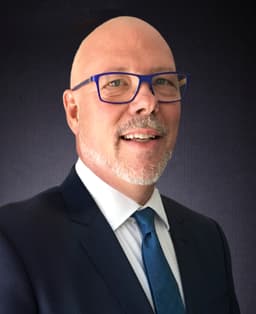New Pieces to the Autism Puzzle

Thanks to the largest and most ambitious scientific study to ever look into what makes someone susceptible to autism, we now have a new layer of understanding about this important condition. First, a little background: Autism spectrum disorders are now found in about 1 in 166 children, with a big impact on the kids themselves, their families, and all those who care for them. Is autism genetic? Or is it caused by something in the environment?
The answer is that both are probably involved. Consider what happens in twins, because they often share similar exposures. And compare identical twins (who share the same genes) with fraternal twins (who don’t). In identical twins, if one twin has it, there is a 60%-92% chance that the other twin will as well. But in fraternal twins, the chance of the other twin having the condition is 10% or less. It appears that autism usually occurs in those who are both susceptible and exposed. The current major study was conducted by scientists working together from 50 different centers in 19 different countries throughout North America and Europe as part of the Autism Genome Project Consortium. Together, they collected information from 1496 families (7,917 family members) where at least two members had an autism spectrum disorder. The results are published in the March 2007 Nature Genetics. They uncovered a link between tiny changes on chromosome 11 and heightened risk for autism. Their research strengthens the notion that abnormalities of the brain’s glutamate signaling system are part of the problem. The function of the neurotransmitter glutamate is affected by proteins called neurexins and neuroligins that are controlled by genes in that region of chromosome 11. This research is a welcome, big, quiet step toward finding effective ways to prevent and treat autism spectrum diseases.
Do you know someone with an autism spectrum disorder? What do you think triggered it? What kinds of research would you like scientists to do?


